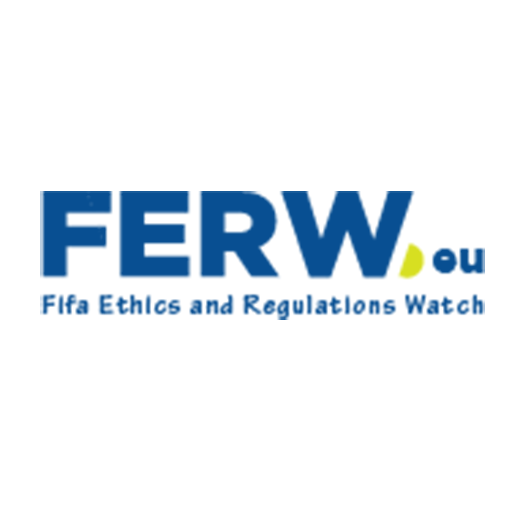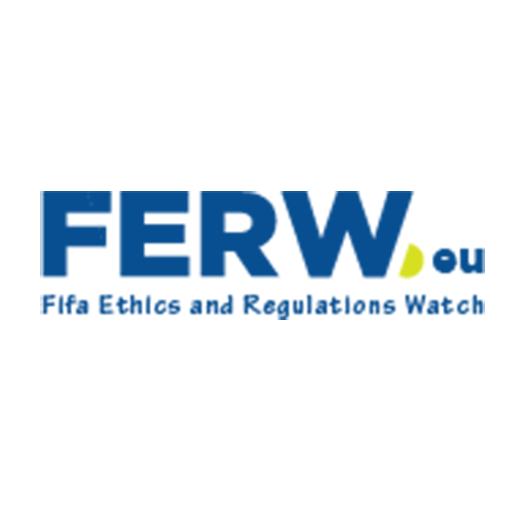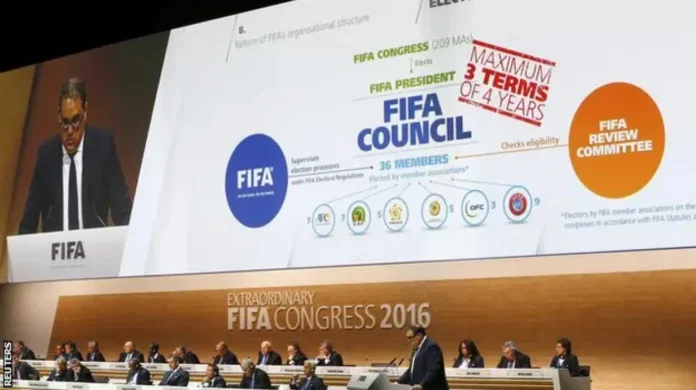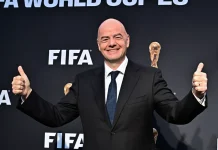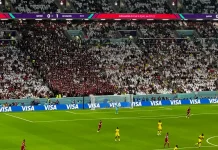The 2016 FIFA reforms were launched during the organization’s gravest crisis, following corruption scandals that had severely damaged its credibility. The reforms were intended to modernize FIFA’s governance, restore trust, and prevent future abuses. Nearly a decade later, the impact and effectiveness of these reforms remain hotly debated.
Structural and Governance Changes: Facts and Figures
- Reform Committee and Approval: The 2016 FIFA Reform Committee, led by Dr. François Carrard, was formed with representatives from all six confederations. Its recommendations were unanimously approved and adopted at the Extraordinary FIFA Congress in Zurich on 26 February 2016.
- Governance Overhaul:
- The Executive Committee was replaced by a larger FIFA Council (36 members plus the President, up from 24), aiming for greater participation and representativeness.
- Clearer separation between political (Council) and management (Secretariat) functions.
- Eligibility checks for key positions, including the Secretary General and standing committee candidates, to ensure ethical standards.
- Financial Transparency:
- New Article 51(10) of the FIFA Statutes mandated public disclosure of individual compensation for the President, Council members, and Secretary General.
- Compensation is determined by a sub-committee within the Audit and Compliance Committee, which also oversees financial processes.
- Term Limits: Introduced for the President and Council members, aiming to prevent the entrenchment of power.
- Promotion of Women: Reforms included measures to promote women’s participation in football governance.
- Human Rights: Human rights were formally incorporated into FIFA’s statutes and bidding processes, notably through the new Article 3, which makes human rights obligations directly applicable in relevant proceedings.
Reactions and Evaluations
Positive Developments:
- Transparency: Disclosure of executive compensation and some financial information was a significant improvement over previous opaque practices.
- Governance Structure: The separation of powers and eligibility checks were seen as steps toward modern corporate governance standards, drawing on models like the UK Corporate Governance Code.
- Human Rights: The formal adoption of human rights standards, and their integration into contracts and World Cup bidding, marked a shift towards greater social responsibility.
Critical Assessments and Shortcomings:
- Limited Cultural Change: Critics argue that, while the reforms changed structures on paper, they failed to drive deep cultural transformation within FIFA.
- Transparency Gaps: Despite promises, there is still no requirement for member associations to publish independent audited financial statements, leaving financial transparency incomplete.
- Oversight Weaknesses: The reforms rely heavily on self-regulation. Reports highlight that FIFA’s internal mechanisms are insufficient to prevent abuses or ensure accountability.
- Persistence of Old Problems: The FairSquare report (2024), based on over 100 interviews and extensive research, concluded that there has been “little to no improvement” since the reforms, and in some areas, “obvious regression.” The report argues that FIFA remains unfit for self-regulation and continues to contribute to social harms, including human rights abuses.
- Executive Power: While the President’s formal powers were reduced, critics note that informal influence and control over key committees remain significant.
- Implementation Issues: The requirement for confederations and member associations to change is described as one of the weakest aspects of the reforms, with little progress in political neutrality, anti-discrimination, and conflict-of-interest management.
FairSquare (Nick McGeehan, Co-Director):
“There has been little to no improvement since these reforms, and in some key elements of FIFA’s operations there has been obvious regression.”
2016 Reform Committee Report:
“Significant modifications to its institutional structure and operational processes are necessary to prevent corruption, fraud, self-dealing and to make the organisation more transparent and accountable.”
Statistical and Empirical Evidence
- Council Expansion: From 24 to 36 members, plus the President.
- Audit and Compliance: Annual independent auditing for all 209 associations was promised, but there is no binding requirement to publish these audits.
- Human Rights Integration: Human rights clauses now directly affect FIFA’s contracts and World Cup bidding, with potential legal standing for aggrieved parties in CAS proceedings.
Progress and Regression
| Reform Area | Intended Change | Outcome/Reaction |
| Governance Structure | Council replaces Executive Committee | Broader representation, but power imbalances persist |
| Financial Transparency | Public disclosure of compensation | Improved for executives, lacking for associations |
| Human Rights | Statutory and contractual obligations | Formal adoption, but enforcement inconsistent |
| Oversight | Stronger compliance mechanisms | Still reliant on self-regulation, external calls for reform |
FIFA’s 2016 reforms brought about notable structural and formal changes, including expanded representation, increased transparency at the executive level, and the integration of human rights into its statutes. However, independent analyses and watchdog reports consistently find that these reforms have not translated into substantial cultural or operational change. Persistent gaps in transparency, accountability, and the effective limitation of executive power suggest that, despite progress on paper, FIFA’s reforms have fallen short of their transformative promise. The call for external oversight and regulation is growing, as internal reform alone is seen as insufficient to address FIFA’s deep-rooted governance challenges.
